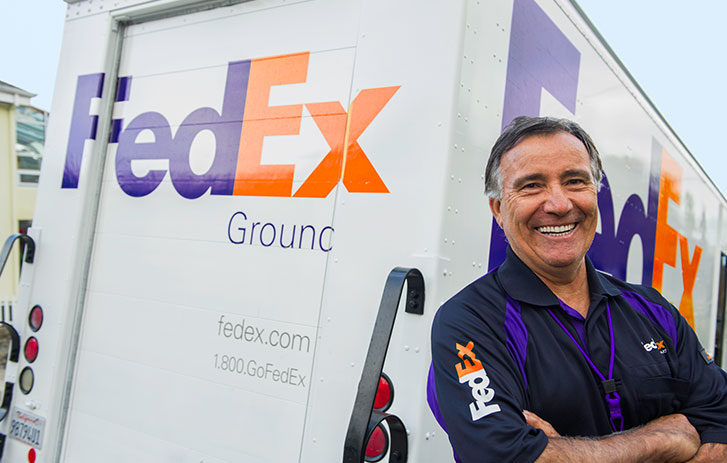We’re excited to share some big news with you!
Here at HappyNest, we want to help you achieve your financial goals. That’s why we have developed Loose Change, a tool designed to help you build your nest egg consistently and organically with your day-to-day purchases.
We know it can be hard to put aside chunks of cash into investing accounts. Loose Change allows you to contribute to your investment portfolio incrementally – a few pennies here, a nickel and dime there – over time. A little change in your growth strategy can add up to a big change in the long run. That’s especially true when it comes to building wealth. As the old saying goes: It’s not timing the market. It’s time in the market.
Consistency and time are the no-so secret ingredients. Loose Change was developed to make contributing to your financial future easy, manageable, and methodical.
How it works
As you go about your life, Loose Change will track your daily purchases and calculate the number of cents it would take to round up the total to the next nearest whole dollar.
For example, if you buy a coffee and your total comes out to $3.69, Loose Change tallies an additional $0.31 cents to bring that purchase amount up to $4.00 even.
That $0.31 is called a Round Up. That $0.31 round up gets pooled with other round ups from the rest of your regular purchases.
Every time your cumulative Round Ups reach $5.00 total, we’ll automatically deduct that amount from your linked bank account and invest it in your HappyNest account. Contributing to your financial future will be a built-in part of your daily life.
How to opt-in
Loose Change is only available to current HappyNest investors. In order to sign up for this feature, you will have to have an active account with HappyNest.
You will also need the most up-to-date version of the HappyNest app. You can check that you have the latest version by going to your personal profile on your device’s App Store. If you have an older version, you’ll see a button that says ‘Update.’ (You know what to do.)
Once you have the latest version, hop back into the HappyNest App and login to your account.
At the top of your HappyNest home screen, you’ll see a banner that says ‘Try Round Ups for Free.’
Click on that banner, and you’ll be directed to the Loose Change self-guided setup process.
After agreeing to the terms and conditions, you’ll connect either a credit card or bank account through our partners at Plaid.
You can connect Loose Change to credit card, debit card, or bank account. Round-ups will only be tallied based on designated linked payment sources.
Tracking your Loose Change Round Ups
Once you have connected a payment method to Loose Change, you will be able to view your purchase history and the resulting round ups in your HappyNest account.
This activity log can be found on your HappyNest profile’s home screen.
Turbo charge your nest egg
Loose Change also offers a multiplier feature on round ups for those who want to turbo charge their portfolio contribution activity.
You can access the multipliers feature by clicking on Account Settings on the Loose Change activity log screen.
There you’ll have the option to add a 2x, 5x, or 20x multiplier to your Round up contributions.
Try Loose Change for free
As a HappyNest investor, we invite you to try out Loose Change free of charge. We want you to see for yourself what a difference your Loose Change can make over time.
This free trial is good for six months. After that, you can continue to use the feature for just $1 per month.
FAQs
Can I link more than one account/card to Loose Change?
Currently, Loose Change only supports one linked payment method. We recommend linking your most active account or card to maximize your regular spending activity’s impact on your investing portfolio.
When I go to sign up, it shows Round Ups as ‘coming soon.’ Am I not eligible to sign up?
If you see ‘Coming soon’ in the opt-in banner on your home screen, you may have to log out of the app, turn off the ‘Remember me’ toggle on the login page, and sign in manually.
Once you log back in, you should see “Let’s get started’ where ‘Coming soon’ appeared before. If you continue to see ‘Coming soon’ after logging out and logging back in, please reach out to us at info@myhappynest.com and we would be happy to assist. You can also send us a chat message.
Will Round Ups be charged to my linked credit card?
No. If you link a credit card as the purchase log on which to base your Round Ups, the actual drafts will still be deducted from the bank account you have linked to your primary HappyNest account.
Bottom line
Making your money work for you is the key to financial success and independence. Loose Change is an easy and effortless way to grow your nest egg. Combined with other tools such as our auto-invest feature and dividend reinvestment option, you can manageably build your portfolio into a passive income producing machine.
Download the HappyNest app:








